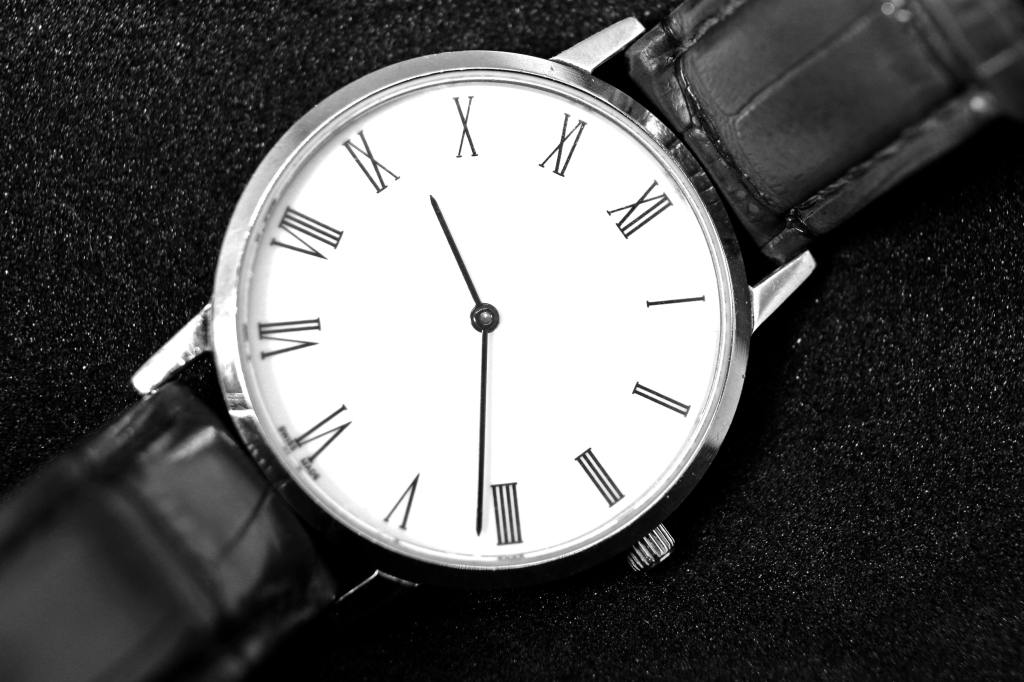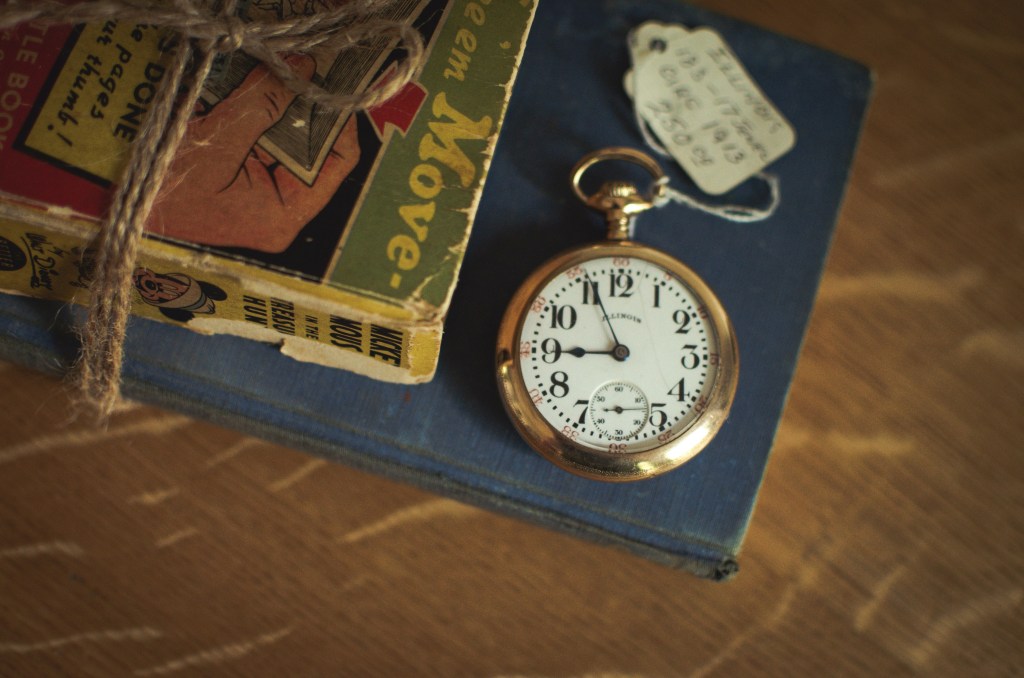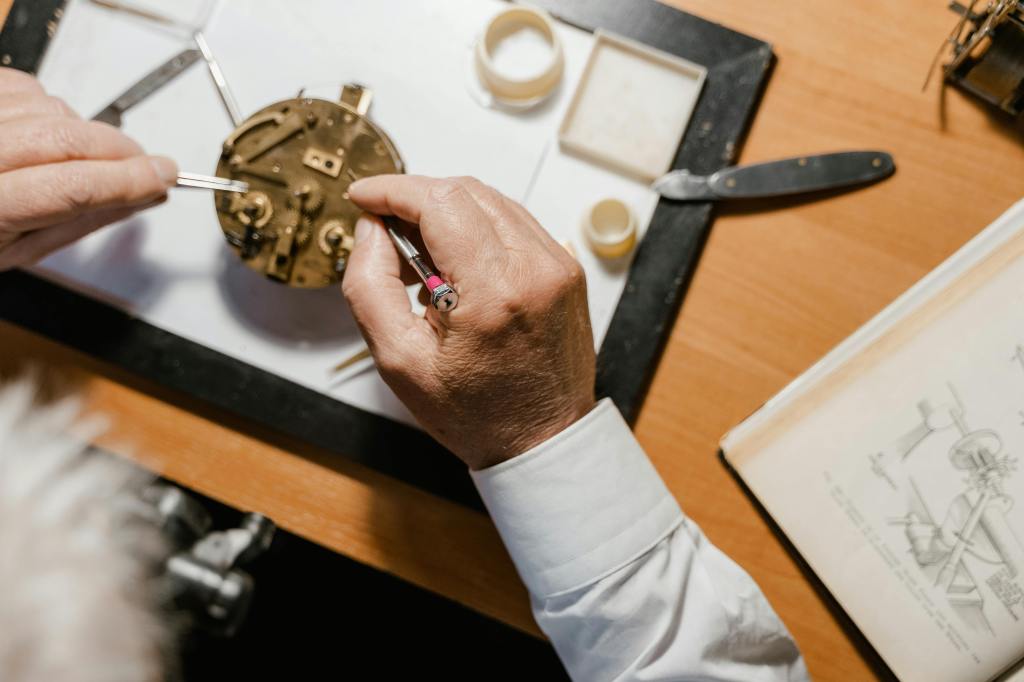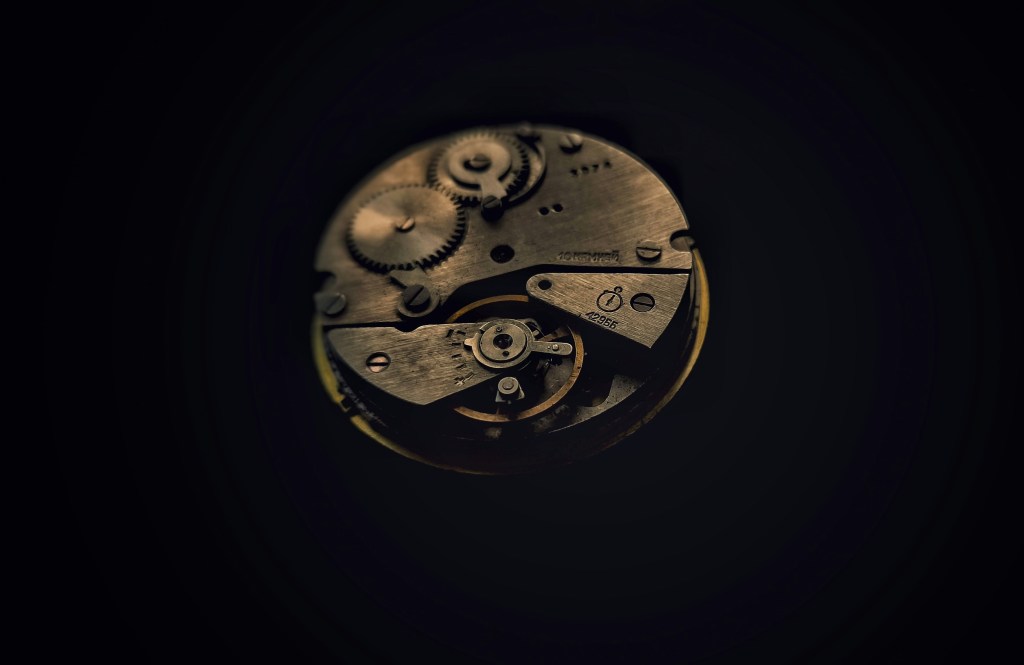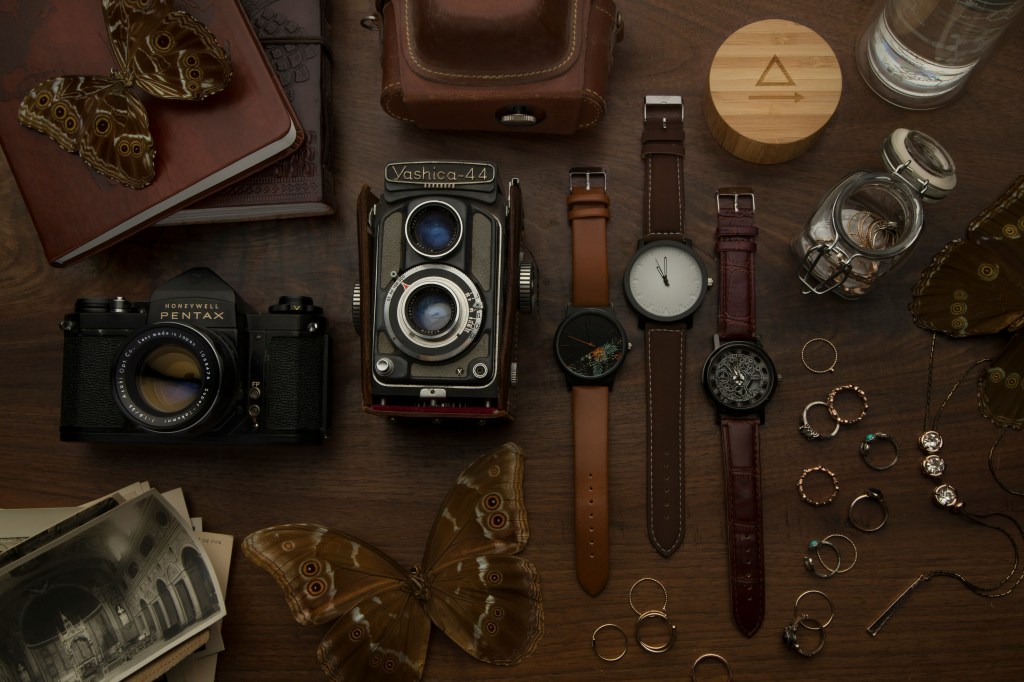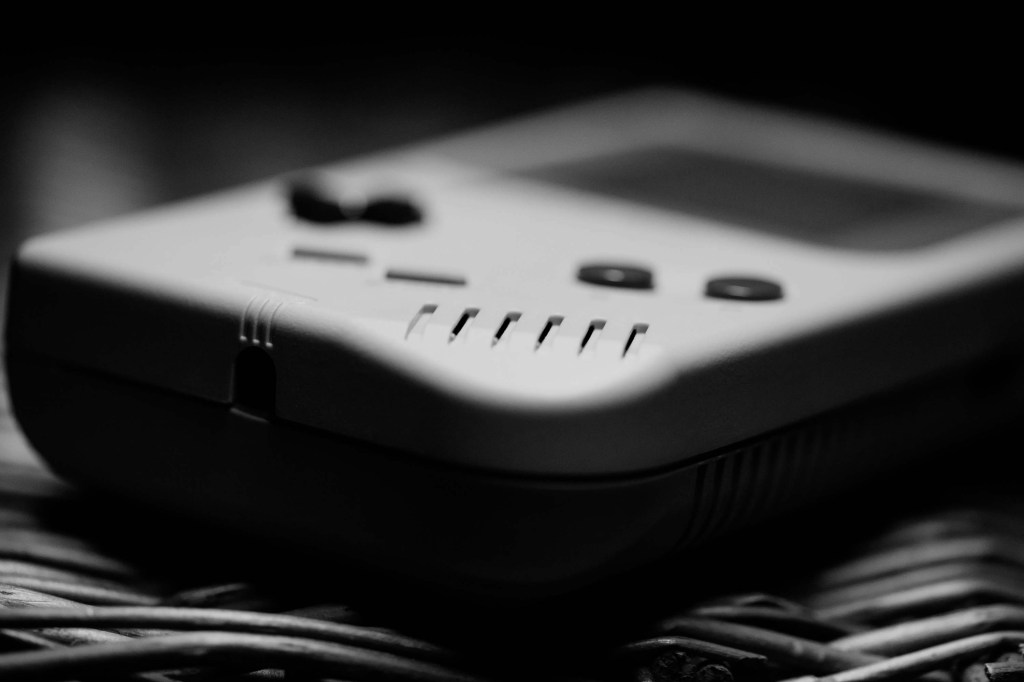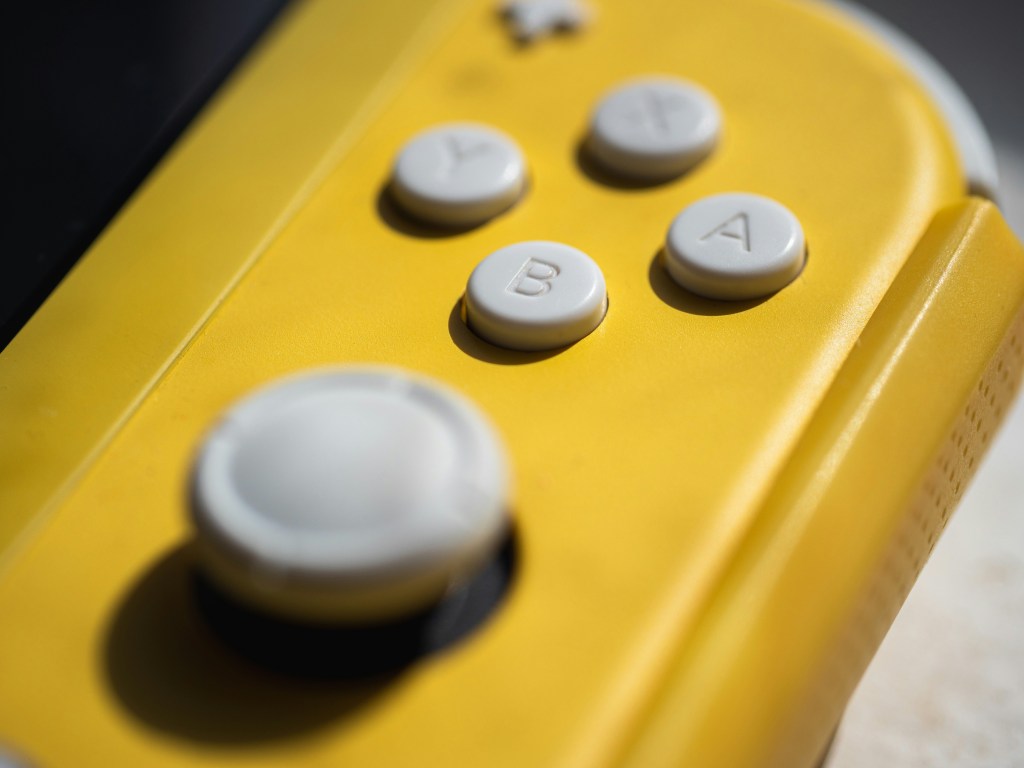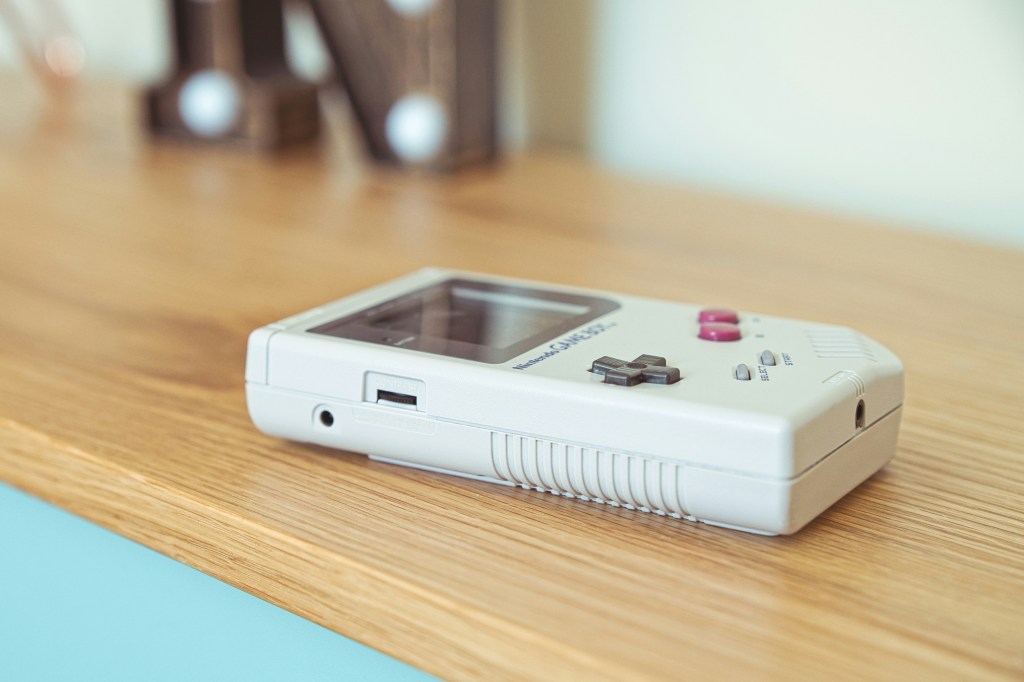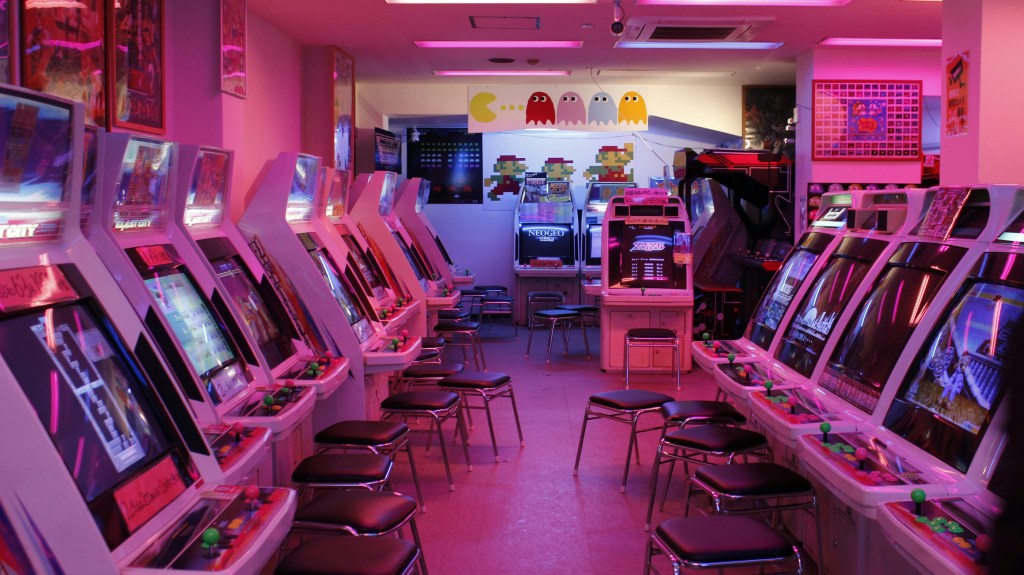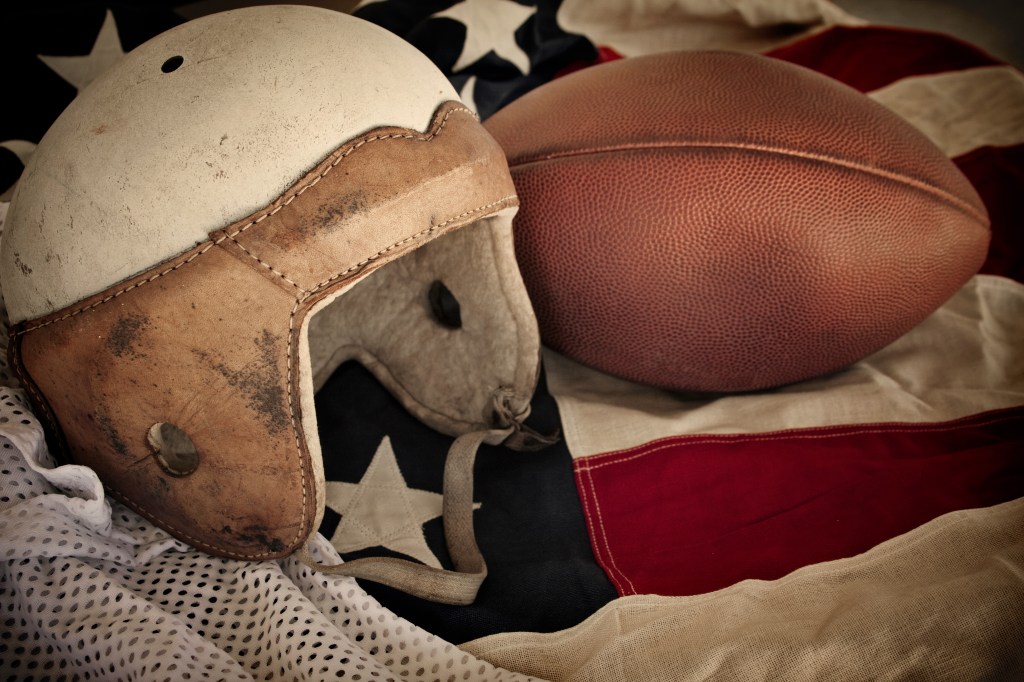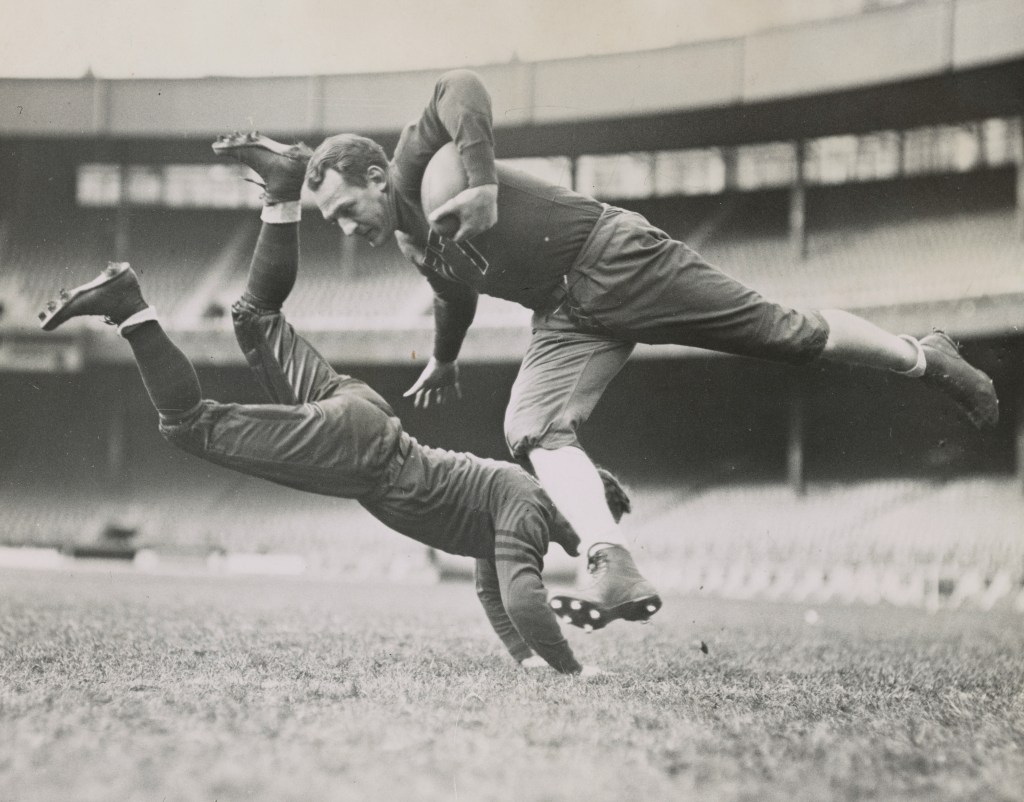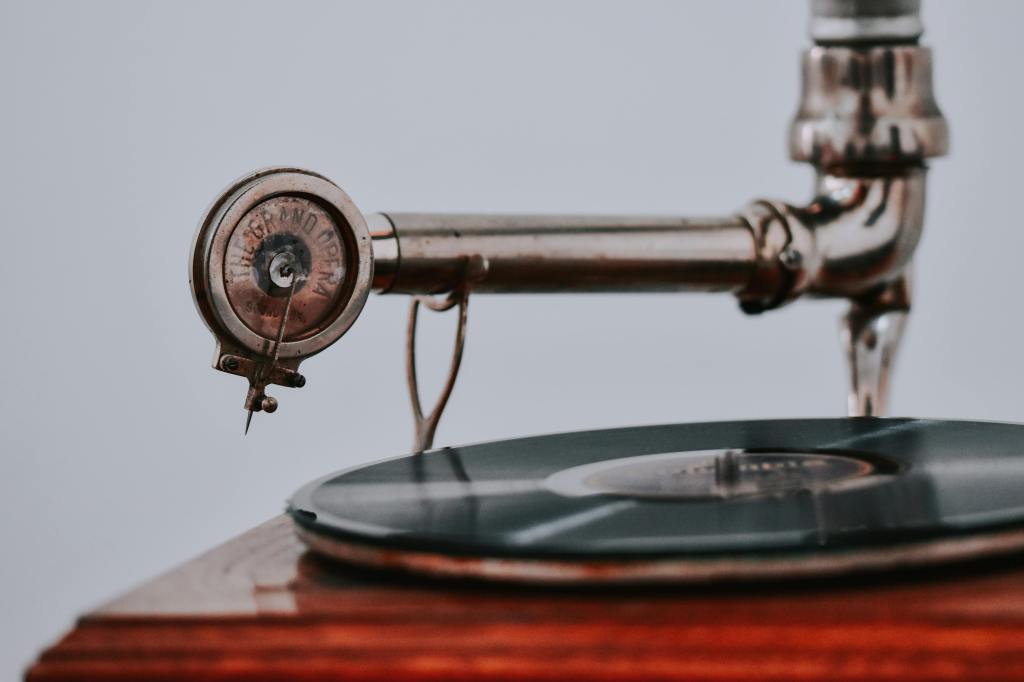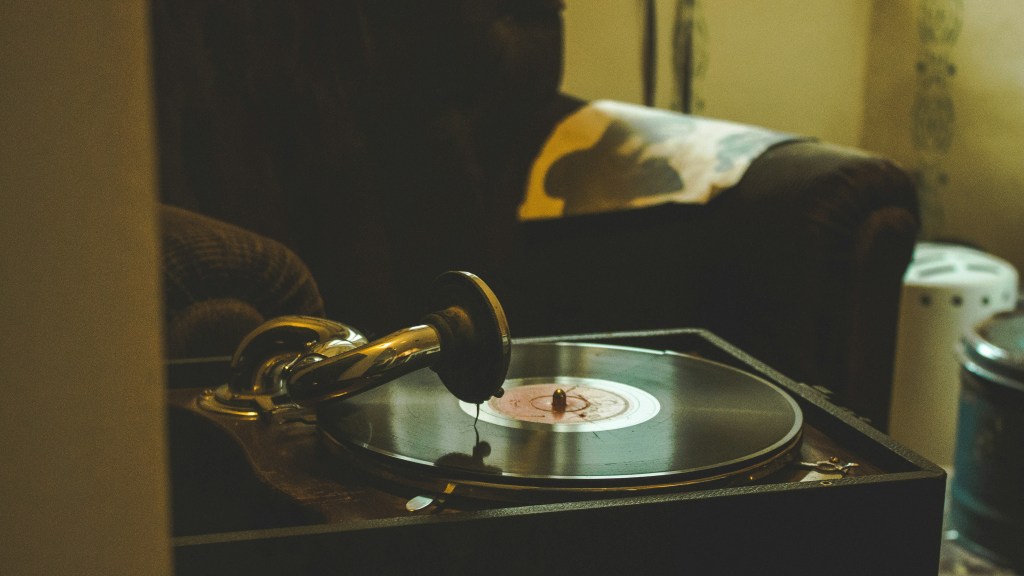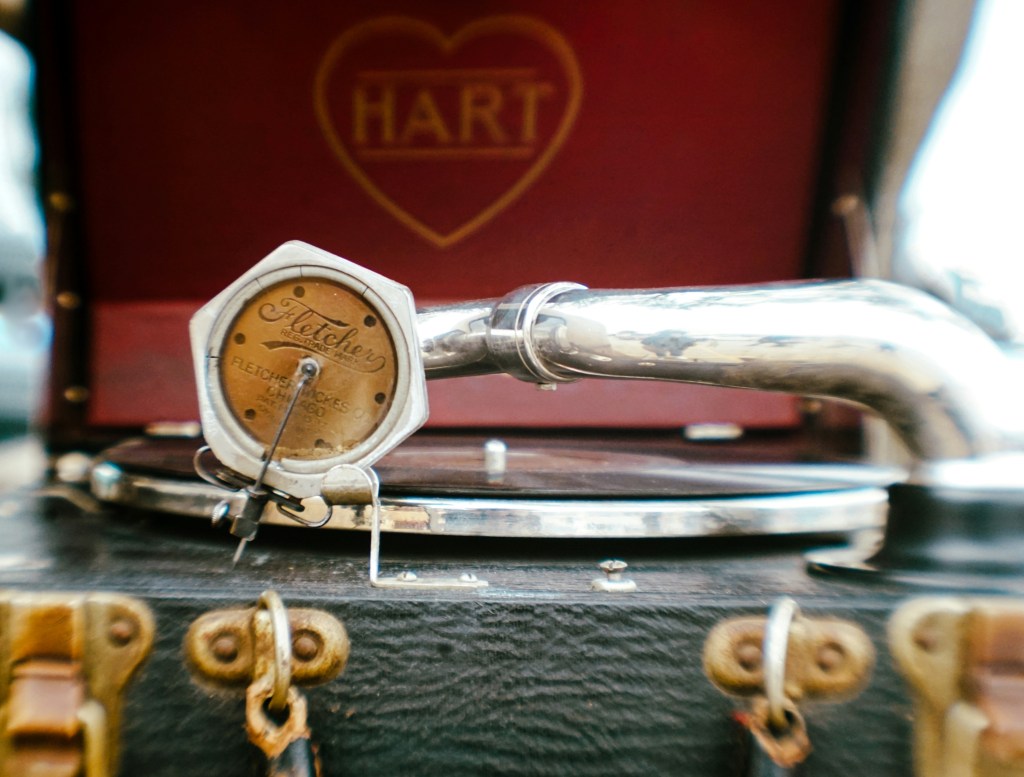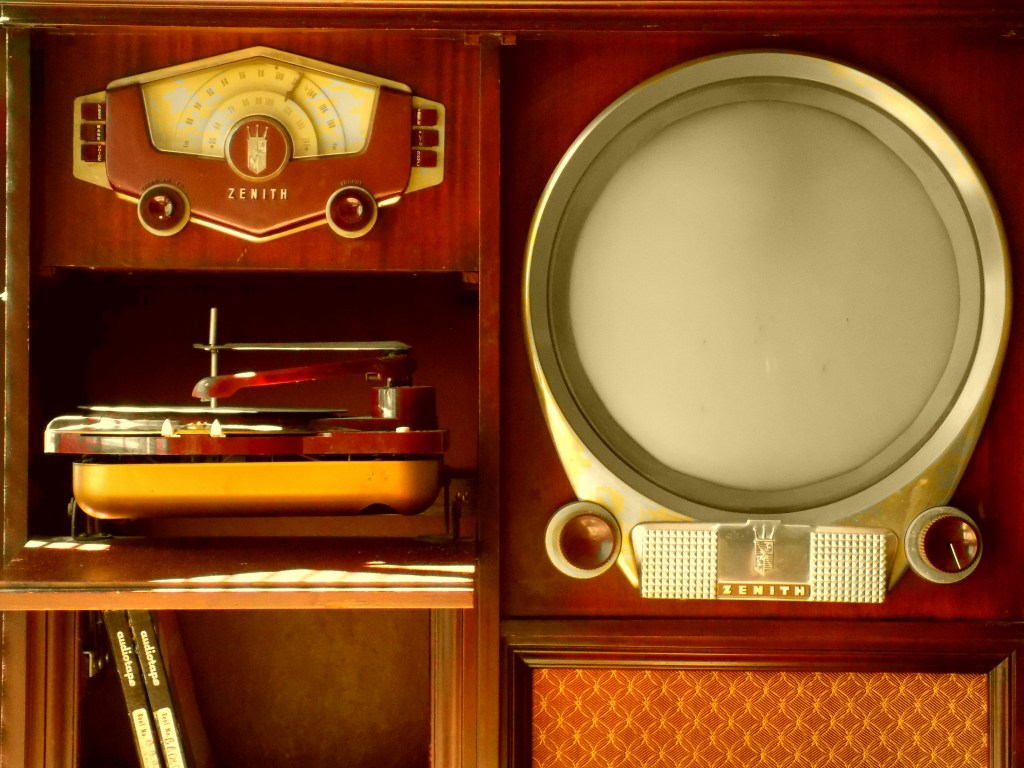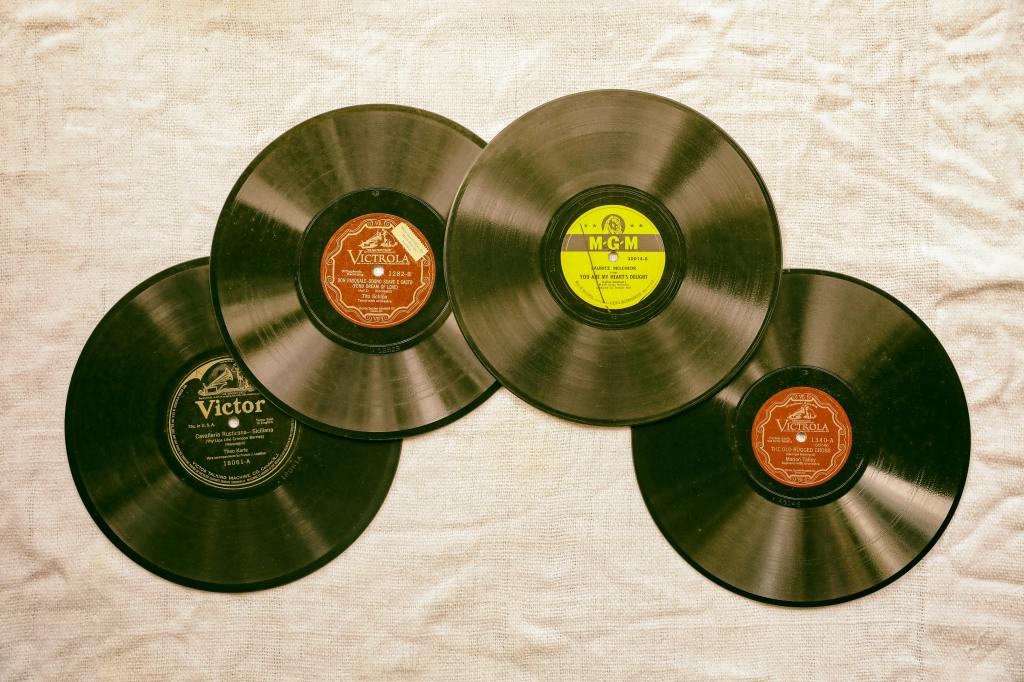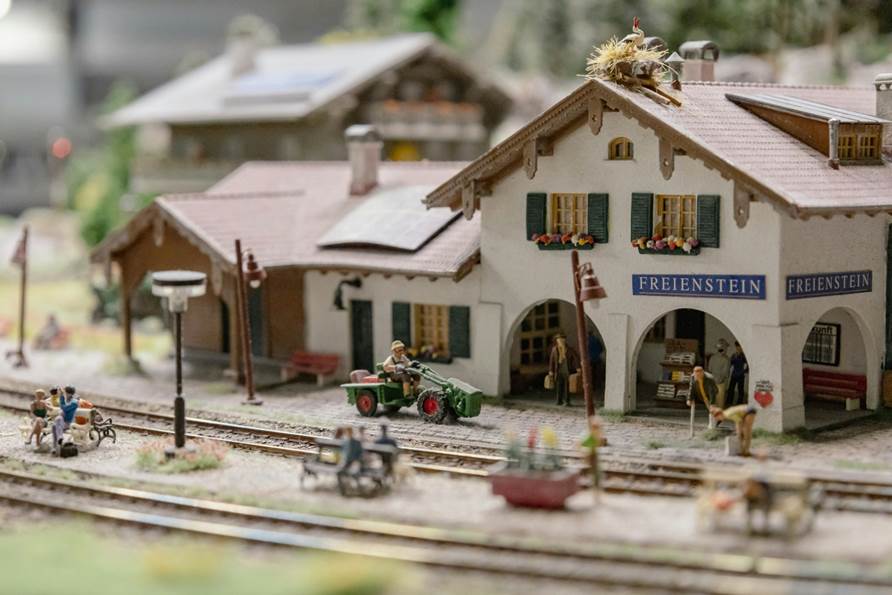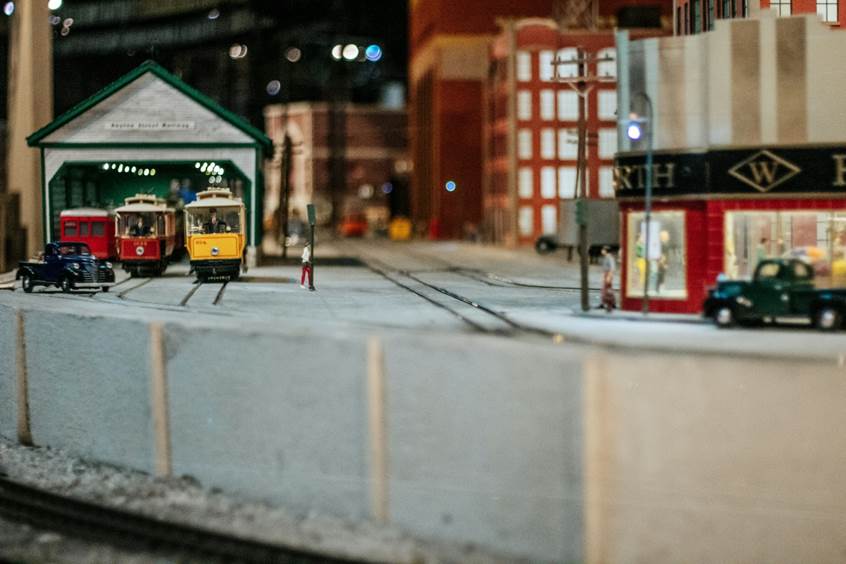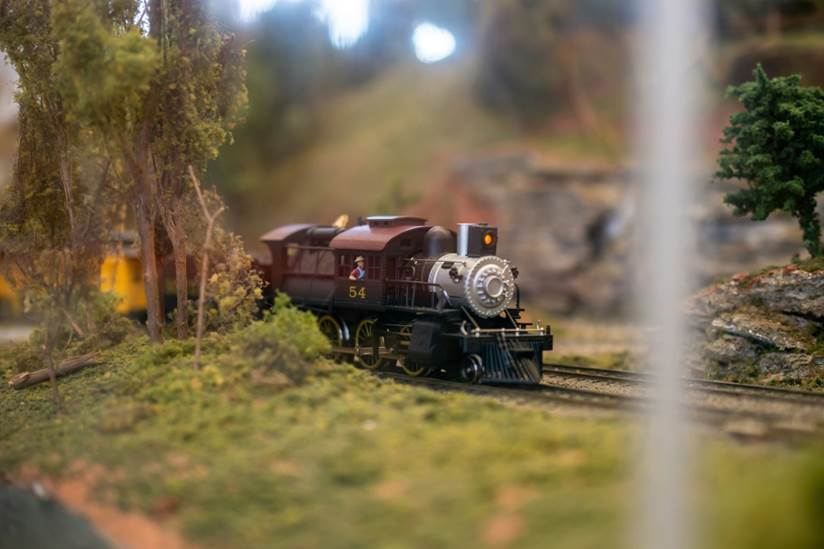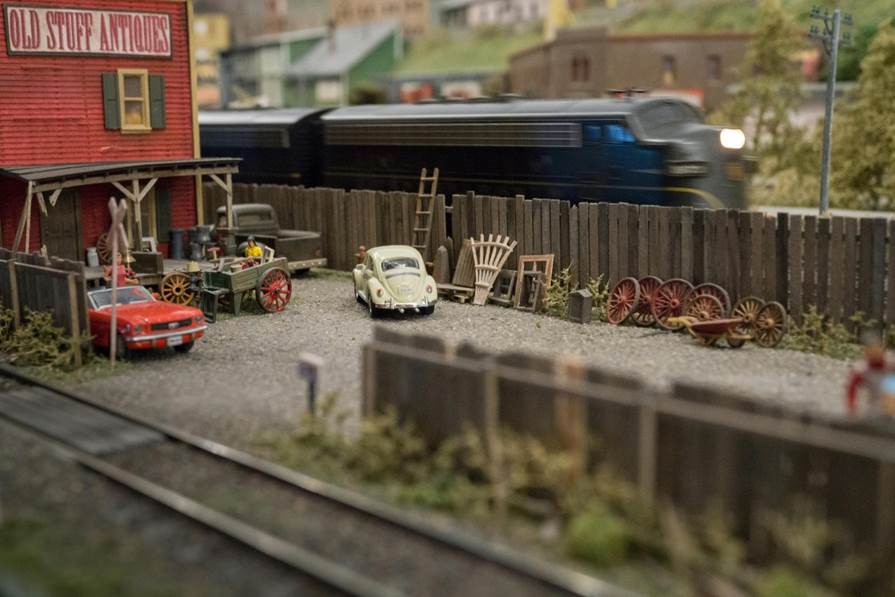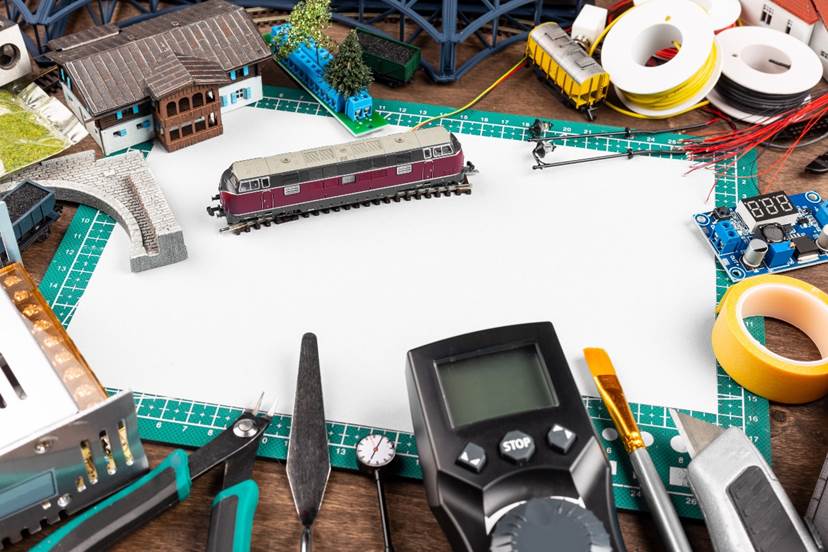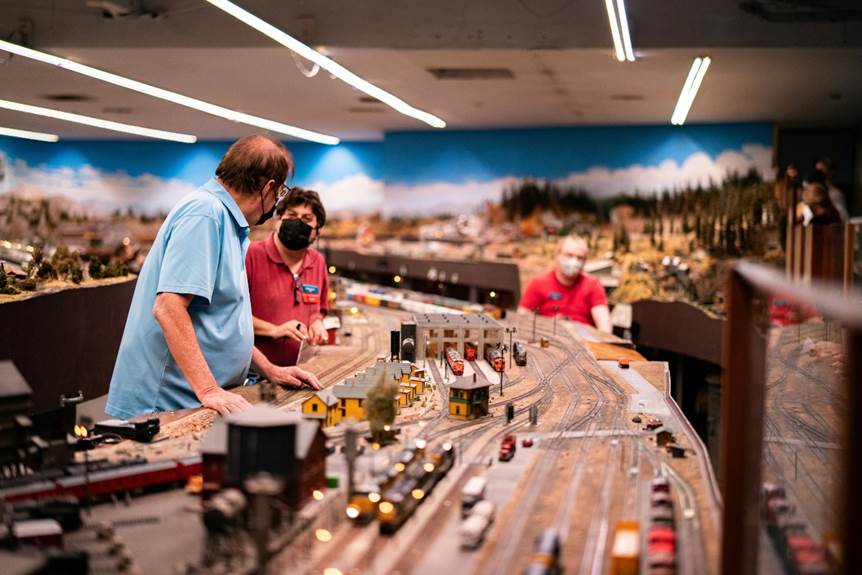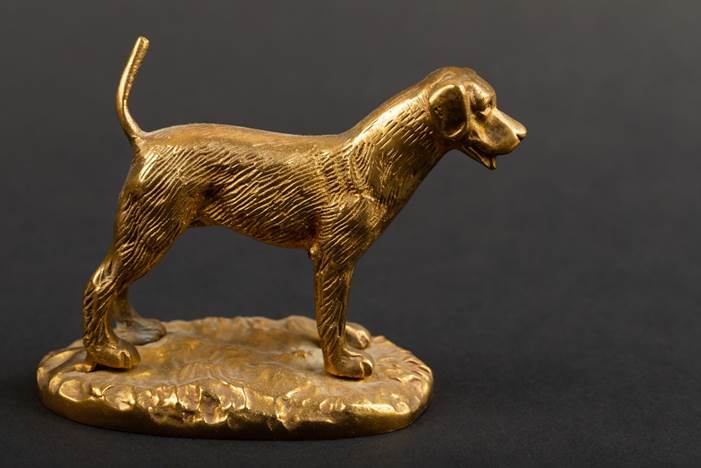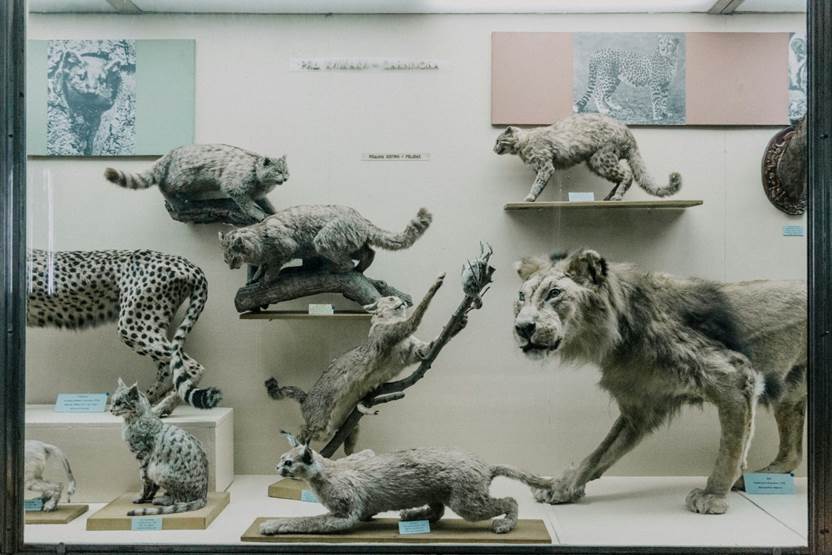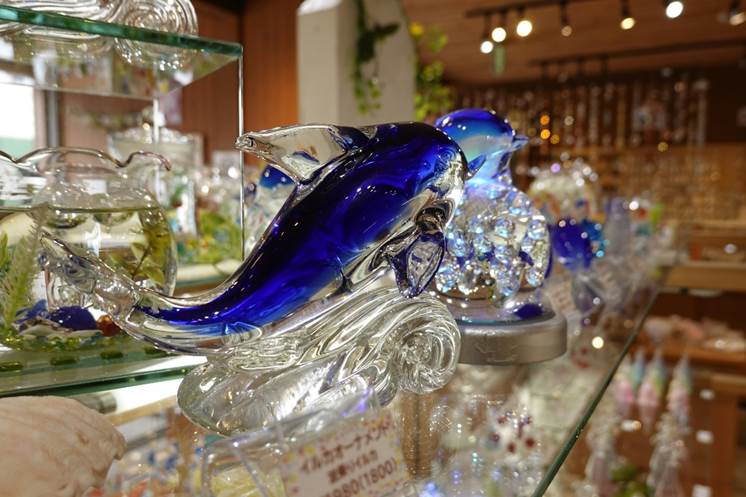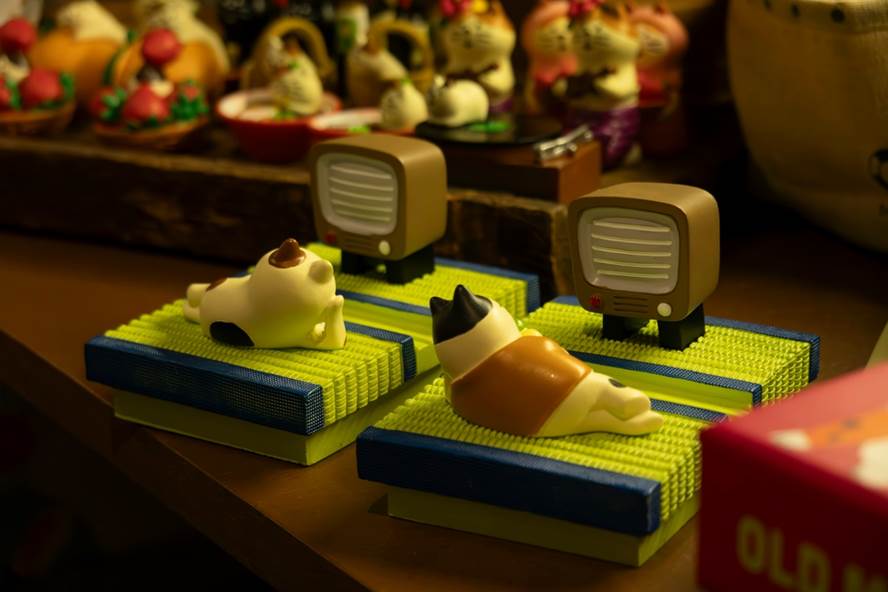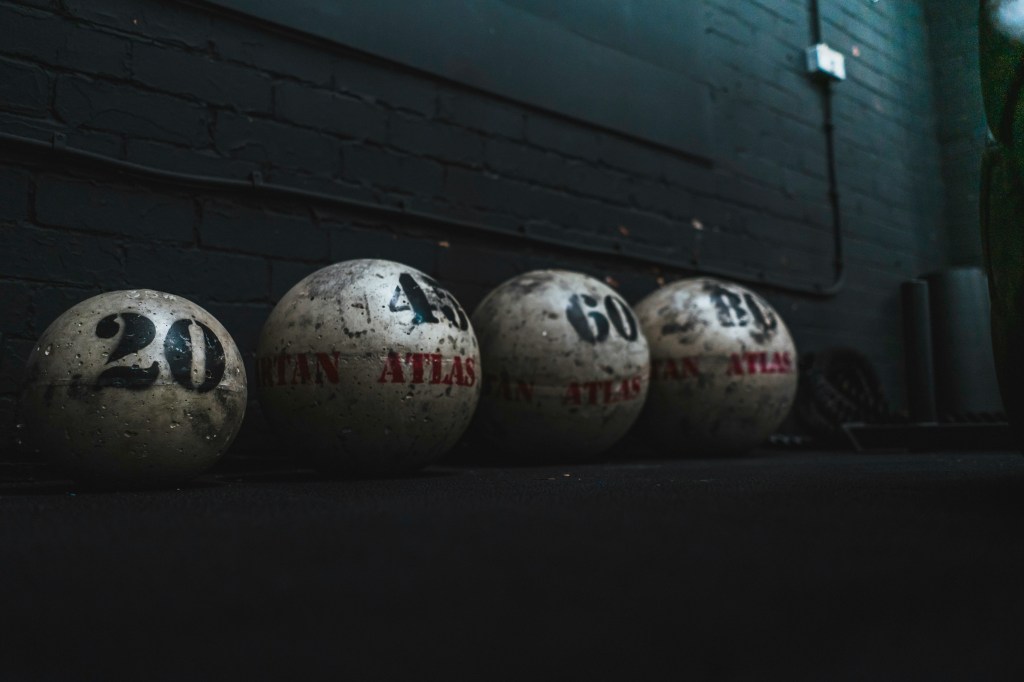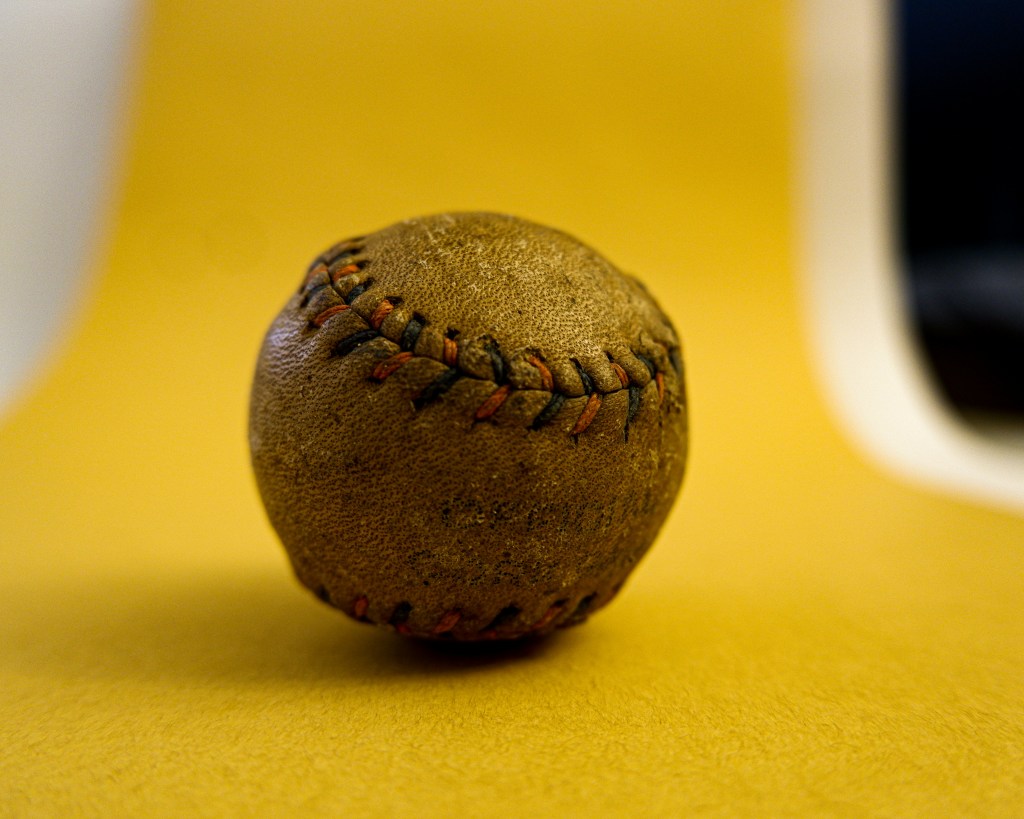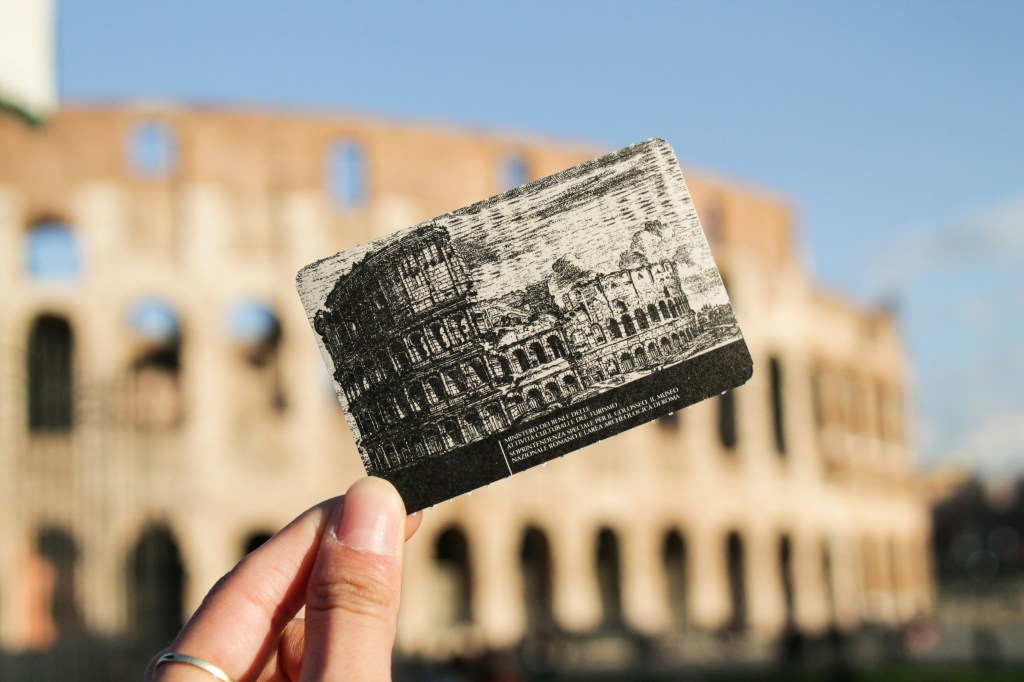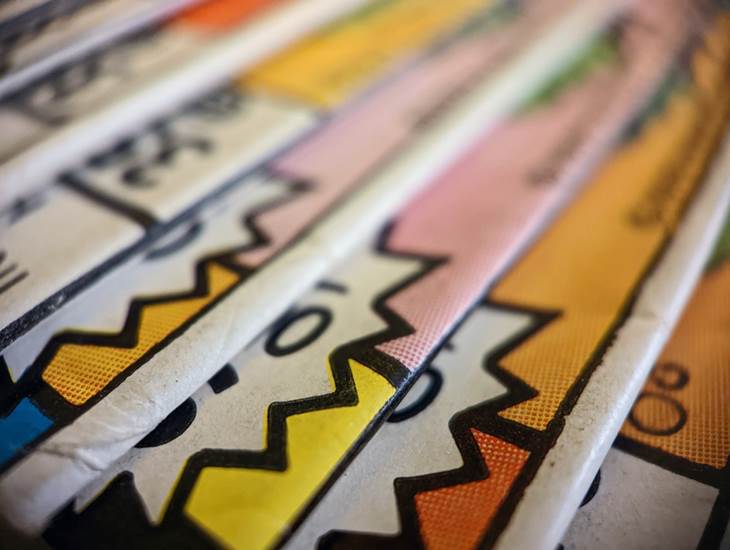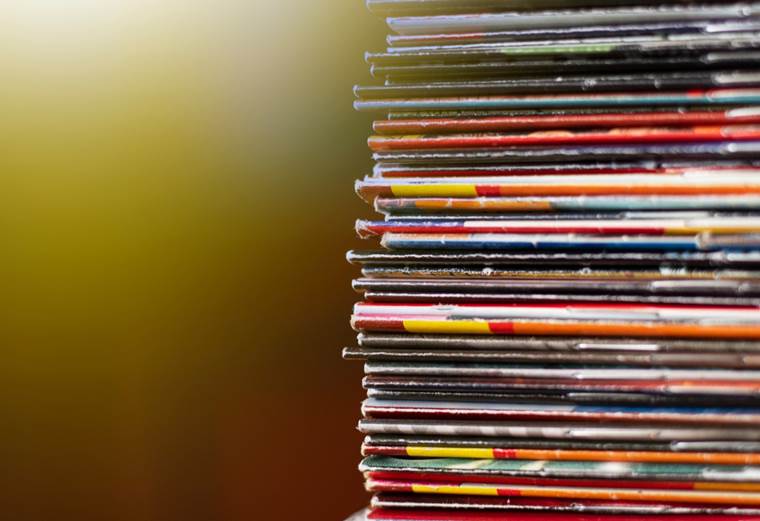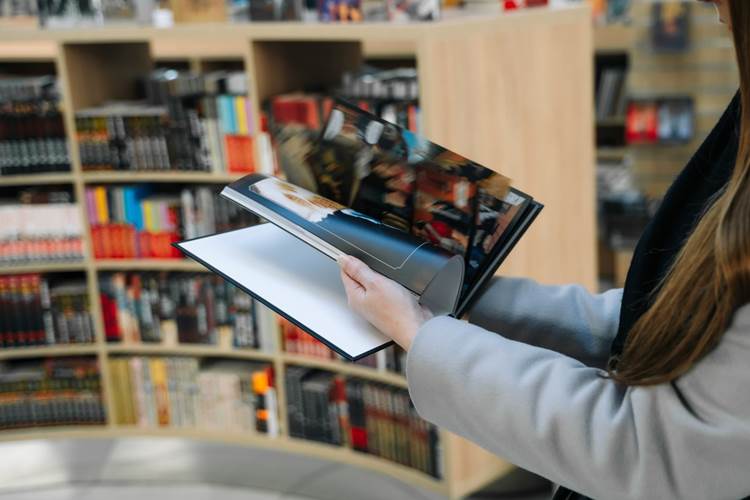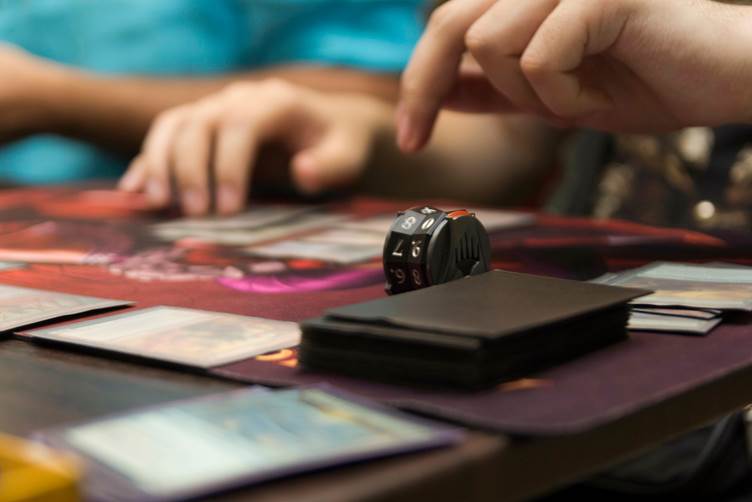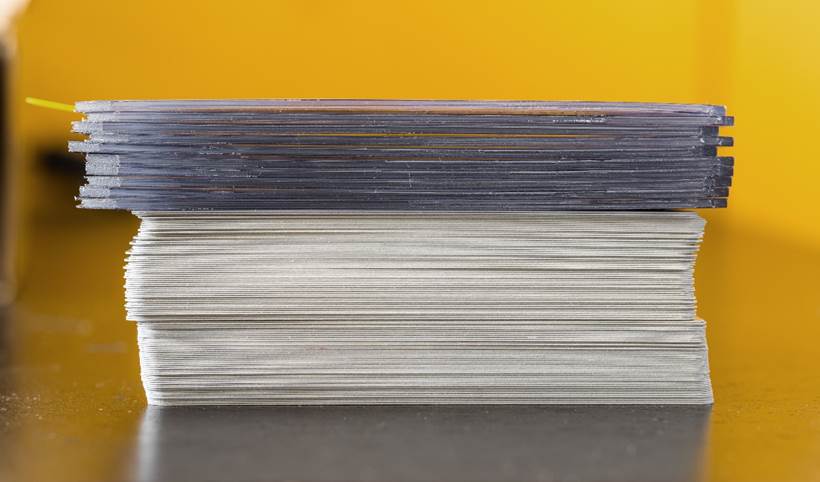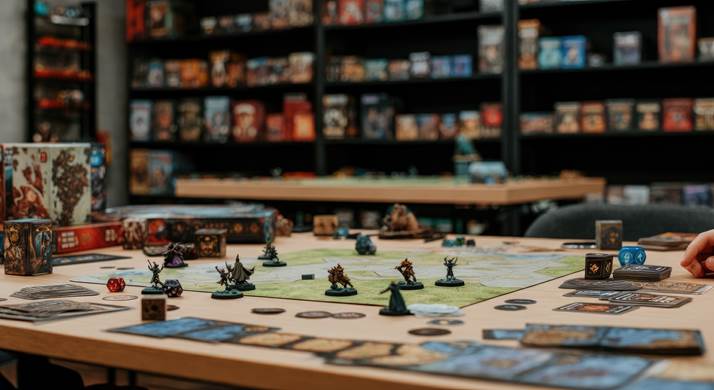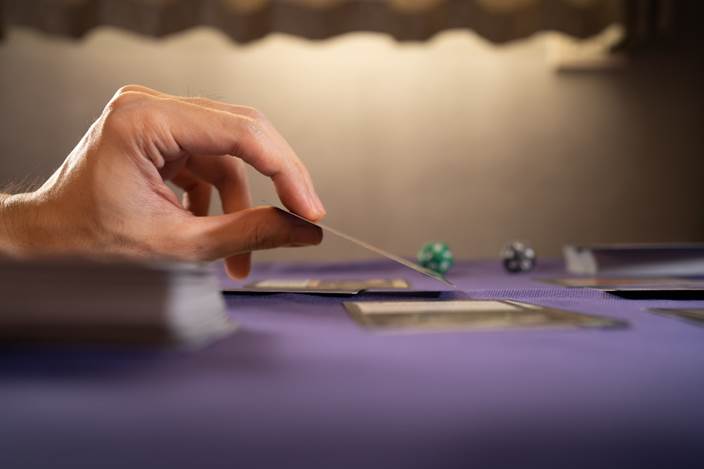Discover essential Wizard of Oz collectibles every fan should have. Enhance your collection and celebrate this classic tale—read the article now!
The Enduring Magic of Oz Memorabilia
The Wizard of Oz has enchanted audiences since its film debut in 1939, securing a special place in the hearts of fans and collectors alike. The allure of Oz continues to captivate collectors of all ages, from rare first-edition books by L. Frank Baum to iconic props used in the beloved film.
Collectors often seek items like Jim Shore Oz figurines, winged monkeys, hand-carved nesting dolls, jewelry, china, and other memorabilia from the magical land and the yellow brick road. In this blog, we will highlight some of the most iconic pieces.
In this blog, we’re opening the door to the fascinating world of Wizard of Oz collectibles. Join us to explore essential items for fans, tips for caring for your collection, and the importance of insuring these cherished pieces. Whether you’re a seasoned collector or just beginning your journey, something magical awaits you in the land of Oz.
Record-Breaking Auctions Keep Values Climbing
The world of film memorabilia has seen breathtaking prices, particularly in the realm of The Wizard of Oz.
- Judy Garland’s Ruby Slippers: Dorothy’s iconic ruby red slippers, worn by Judy Garland, sold for a remarkable $32.5 million at a Heritage Auction in late 2024. Moreover, a prototype of Dorothy Gale’s blue and white gingham dress, which was remarkably found in a trash bag, sold for $125,000. These items further illustrate the high demand for rare Oz collectibles.
- Wicked Witch’s Hourglass: In addition to the ruby slippers, other notable props from The Wizard of Oz have also made headlines with their substantial auction prices. The hourglass used by the Wicked Witch in the film sold for $495,000 in 2022, showcasing its importance in the movie’s narrative.
- Tin Man’s Oil Can: The Tin Man’s oil can from The Wizard of Oz sold for $250,000 at auction, showcasing the allure of its memorabilia.
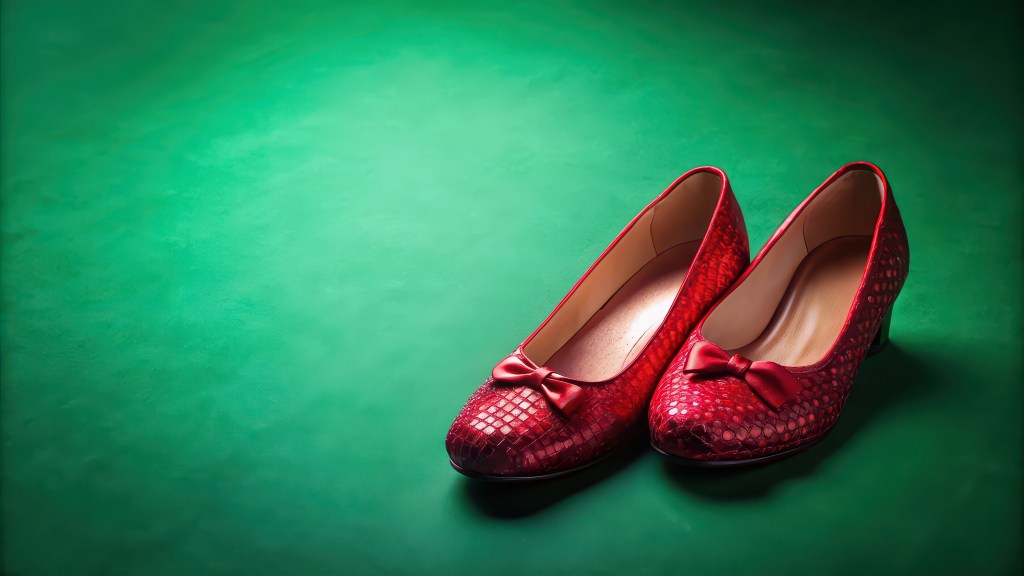
Early Oz Comic Books and Literary First Editions
Golden-Age Oz comics and first-edition novels from 1900 are key items for literary collectors, often rivaling the value of high-profile movie props when in good condition with verified provenance. Collectors emphasize the importance of provenance for early Oz comics and first-edition books, especially concerning related film artifacts.
First book: The Wonderful Wizard of Oz
Authentic first editions of L. Frank Baum’s works hold immense value in the collector’s market. These editions introduce readers to the memorable characters that have become pop culture icons. The Wonderful Wizard of Oz was originally published by the George M. Hill Company in 1900, and the first copy is now worth over $100,000. Reilly & Britton also published first editions of Baum’s Oz books, enhancing their value as literary treasures.
The Golden Age of Oz Comics
Did you know that the Wizard of Oz capitalized on the Golden Age of Comics craze in the 1950s? Comic books flooded the market once the book’s copyright expired in 1956. The first comic featuring Oz was released in the summer of 1956, sparking interest among collectors. To identify an authentic piece, look for indications of credit to Baum and the original illustrator, W.W. Denslow, as these elements enhance the item’s worth and historical significance.
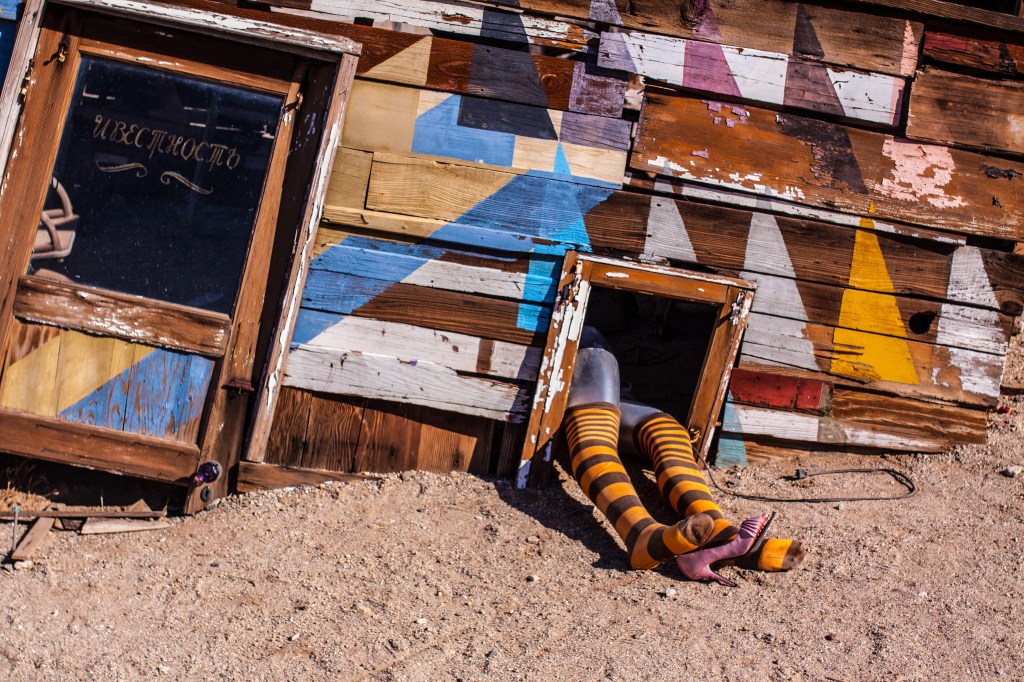
Costumes and Screen-Used Props: The Holy Grails
Dorothy’s blue-and-white gingham dress, the Cowardly Lion’s fur suit, and other on-screen garments routinely headline major auctions. These items demonstrate how costume provenance can drive six- and seven-figure bids. Among the most valuable pieces are character costumes that have become symbols of the beloved film.
Notable Wizard of Oz collectibles
- Dorothy Gale’s Gingham Dress: The iconic blue and white gingham dress worn by Judy Garland is among the most sought-after costumes by collectors.
- Cowardly Lion Costume: Bert Lahr’s costume is estimated to be worth around $2 million, making it a highlight for memorabilia enthusiasts.
- Tin Man Costume: Unfortunately, this costume is currently missing, but if ever found, it would be an extremely rare and valuable find.
- Wicked Witch Hat: This iconic piece fetched $2.9 million at auction, highlighting the demand for Wizard of Oz memorabilia.
Valued screen-used props
In addition to costumes, screen-used props from The Wizard of Oz are highly prized. The Emerald City Honor Guard trumpet musket is estimated to be worth around $30,000, while the Emerald City Townsman jacket is approximately $50,000. These props offer fans a tangible connection to the film’s enchanting world.
Film-related collectibles
Other film-related collectibles have garnered impressive auction prices as well. For instance, a script copy from producer Mervyn LeRoy sold for $50,000. MGM’s contract for the iconic song “Over the Rainbow,” featuring songwriters E.Y. Harburg and Harold Arlen, fetched $23,000.
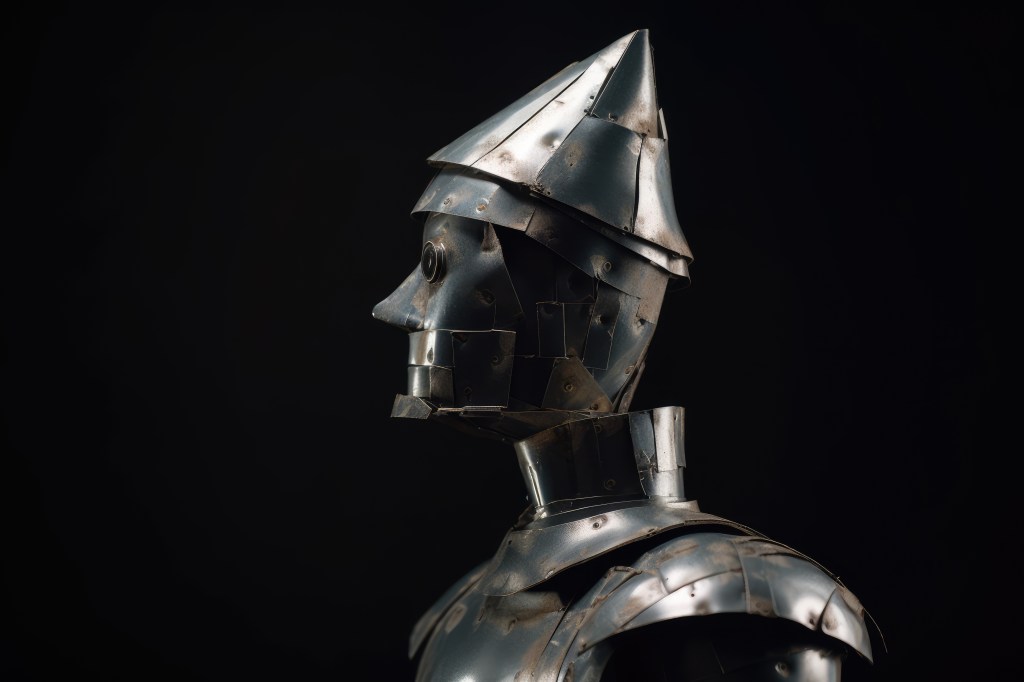
Posters, Lobby Cards, and Promotional Art
Original lobby cards and theatrical posters from 1939 provide vibrant snapshots of Hollywood history, making them accessible entry points for first-time collectors interested in building an Oz collection without overspending.
- Posters: Among the noteworthy pieces in the realm of Oz memorabilia is the rare original and authentic movie theater herald featuring Judy Garland and Frank Morgan. This piece, priced at $2,750, captures the essence of the film and its iconic characters.
- Lobby cards: Lobby cards are another popular aspect of the Wizard of Oz collectibles. One standout item is an authentic lobby card featuring Judy Garland alongside the Scarecrow, Tin Man, and Cowardly Lion, priced at $1,250. Additionally, there’s a British lobby card poster showcasing the Wicked Witch, Dorothy, and Scarecrow, priced at $350.
- Promotional art: For collectors interested in unique artistic renditions, lithographic art signed by Jack Haley and Ray Bogler is a must-have. Priced at $995, this piece features scenes from the film, from the beloved little dog Toto to the Emerald City skyline.
- Other ephemera: In addition to posters and lobby cards, vintage photos capturing filming scenes are a compelling collectible, with some priced up to $450. These images offer a behind-the-scenes look at the making of the film, enriching the overall narrative of the Wizard of Oz legacy. Collectors prize this kind of ephemera for its historical context and emotional connection to the iconic story.

Caring for Delicate and Irreplaceable Items
Preserving collectibles and delicate items requires careful attention to materials and methods to ensure their longevity and maintain their worth.
Storage tips
Store paper ephemera in acid-free sleeves to prevent deterioration over time. Acid-free materials help to protect delicate items from humidity and light exposure, which can lead to discoloration or damage. For textiles, especially vintage or high-value pieces, keeping them in climate-controlled cases to regulate temperature and humidity levels, ensuring the fibers and colors remain intact.
Documentation and preservation
Documenting every item’s condition is crucial in preserving its aesthetic and market value. Keep detailed records, including photographs and notes on any wear or damage, as this can significantly impact future evaluations or sales.
Safe handling and display
When handling movie props and high-value memorabilia, it’s essential to use clean, dry hands and wear gloves when necessary to avoid transferring oils or dirt. Proper display methods that minimize exposure to harmful elements will help maintain the integrity of these artifacts. Use archival-quality materials and follow best practices for storage and display to ensure your collection’s longevity and cherished status.
Insuring Your Wizard of Oz Collection for Total Peace of Mind
Whether you own a six-figure screen prop or a Jim Shore Oz figurine, specialized movie memorabilia policies offer crucial protection against risks that standard homeowners’ insurance often does not cover. These risks include theft, fire, transit loss, and fluctuations in market value, which can significantly impact the worth of your collection.
Value assessment
Detailed appraisals, photographs, and provenance records are essential to protect your collection. These elements help insurers provide protection, ensuring that the policy reflects the true worth of your collection, much like the beloved items from the Yellow Brick Road.
Coverage options for collectors
When considering insurance for movie memorabilia, collectors should explore specialty collection coverage. This type of insurance is tailored specifically for unique items and can provide peace of mind, knowing that your investments are safeguarded against unforeseen circumstances.
Collectibles Insurance Services
Collectibles Insurance Services, founded by collectors for collectors, provides expert insurance coverage tailored to unique collections since 1966. Our comprehensive coverage includes $0 deductibles and protects against accidental breakage, theft, fire, flood (excluding zones A & V), and more. Policies cover the market value of losses over $50 with coverage at any scheduled U.S. location, including transit while traveling or at exhibitions. Interested in learning more? Check out our website!
Sources
https://abcnews.go.com/blogs/headlines/2012/11/wizard-of-oz-memorabilia-among-auctioned-hollywood-artifacts
https://www.lapl.org/collections-resources/blogs/lapl/dorothy-scarecrow-tin-man-lion-and-toto-too-oh-my
https://www.easyliveauction.com/blog/68c05807054c50e3b74e42e0951ca899/iconic-wizard-of-oz-prop-sells-for-200k-at-auction/
https://www.kansascity.com/entertainment/article853205.html
https://www.burnsandwilcox.ca/insights/32-5m-ruby-slippers-smash-auction-records-amid-wicked-buzz/
https://ozmuseum.com/blogs/news/collectibles-r-us-the-early-oz-comic-books
https://people.com/movies/wizard-of-oz-tin-man-oil-can-up-for-auction-for-first-time-expected-to-go-for-at-least-200000/#:~:text=The%20oil%20can%20was%20a%20pivotal%20prop%20in,is%20found%20by%20Dorothy%20%28Judy%20Garland%29%20in%20Oz.
https://www.rareozbooks.com/Wizard_Of_Oz_Props.html
https://wonderfulbooksofoz.com/wizard-of-oz-book-first-editions/
